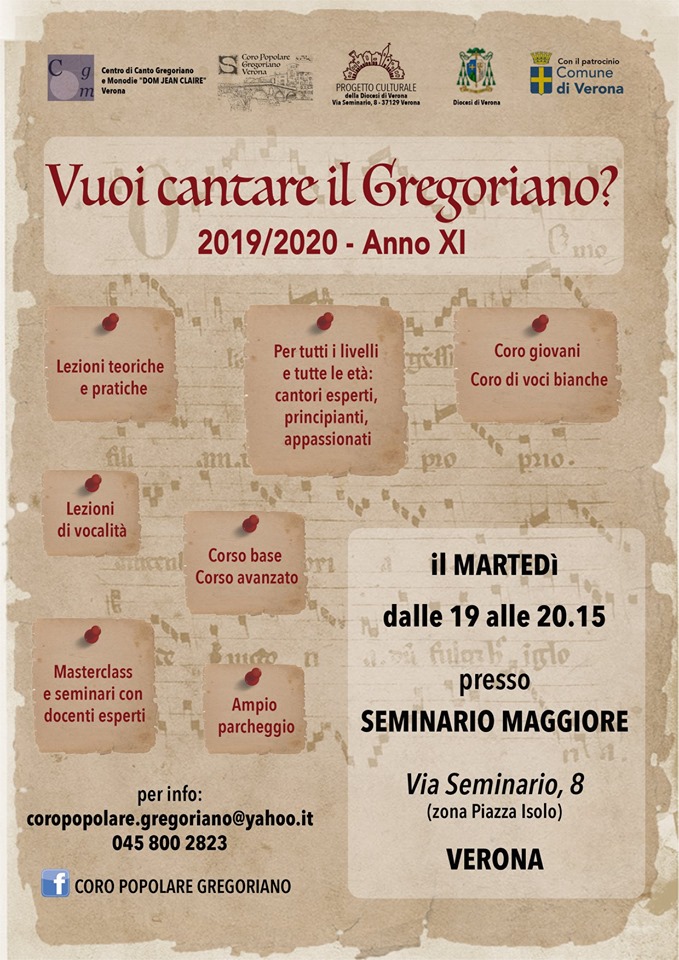La crisi della liturgia è al centro della crisi della Chiesa. Se nella liturgia non mettiamo più Dio al centro, non lo mettiamo nemmeno al centro della Chiesa. Nel celebrare la liturgia, la Chiesa ritorna alla sua sorgente. Tutta la sua ragion d’essere è rivolgersi a Dio, dirigere tutti gli occhi verso la croce. In caso contrario, pone se stessa al centro; diventa inutile. Credo che la perdita dell’orientamento, di questo sguardo diretto verso la croce, sia il simbolo della radice della crisi della Chiesa. Eppure il Concilio aveva insegnato che “la liturgia è principalmente e soprattutto l’adorazione della divina maestà”. L’abbiamo trasformata in una celebrazione completamente umana ed egocentrica, un’assemblea amichevole che si autocelebra.
Non è quindi il Concilio a dover essere sfidato, ma l’ideologia che ha invaso diocesi, parrocchie, pastori e seminari negli anni seguenti.
La banalizzazione dell’altare, dello spazio sacro che lo circonda, sono stati disastri spirituali. Se l’altare non è più la sacra soglia oltre la quale Dio risiede, come troveremmo la gioia di avvicinarci? Un mondo che ignora il sacro è un mondo uniforme, piatto e triste. Vandalizzando la nostra liturgia abbiamo disincantato il mondo e ridotto le anime a una cupa tristezza.
(…)
Mentre la Sacrosanctum Concilium ha ripetutamente raccomandato la partecipazione consapevole e attiva e persino la piena comprensione dei riti, raccomanda in un passaggio la lingua Latina che prescrive che “i fedeli sappiano recitare e cantare insieme, anche in lingua latina, le parti dell’ordinario della messa che spettano ad essi”.
In effetti, la comprensione dei riti non è opera della sola ragione umana, che dovrebbe afferrare tutto, capire tutto, dominare tutto. La comprensione dei riti sacri presuppone una vera partecipazione a ciò che essi esprimono del mistero. Questa intelligenza è quella del sensus fidei, che esercita la fede vivente attraverso il simbolo e che conosce per sintonia più che per concetto.
(Leggi l’intervista completa qui)

